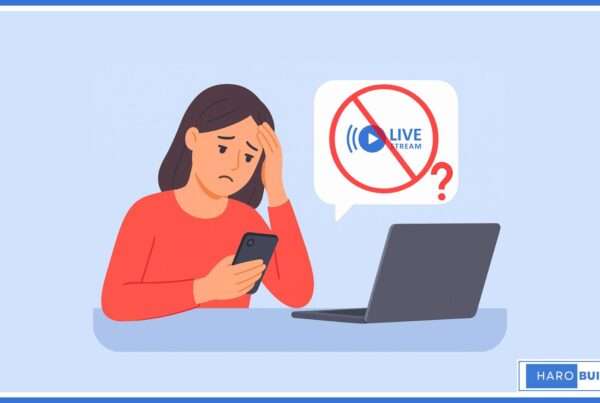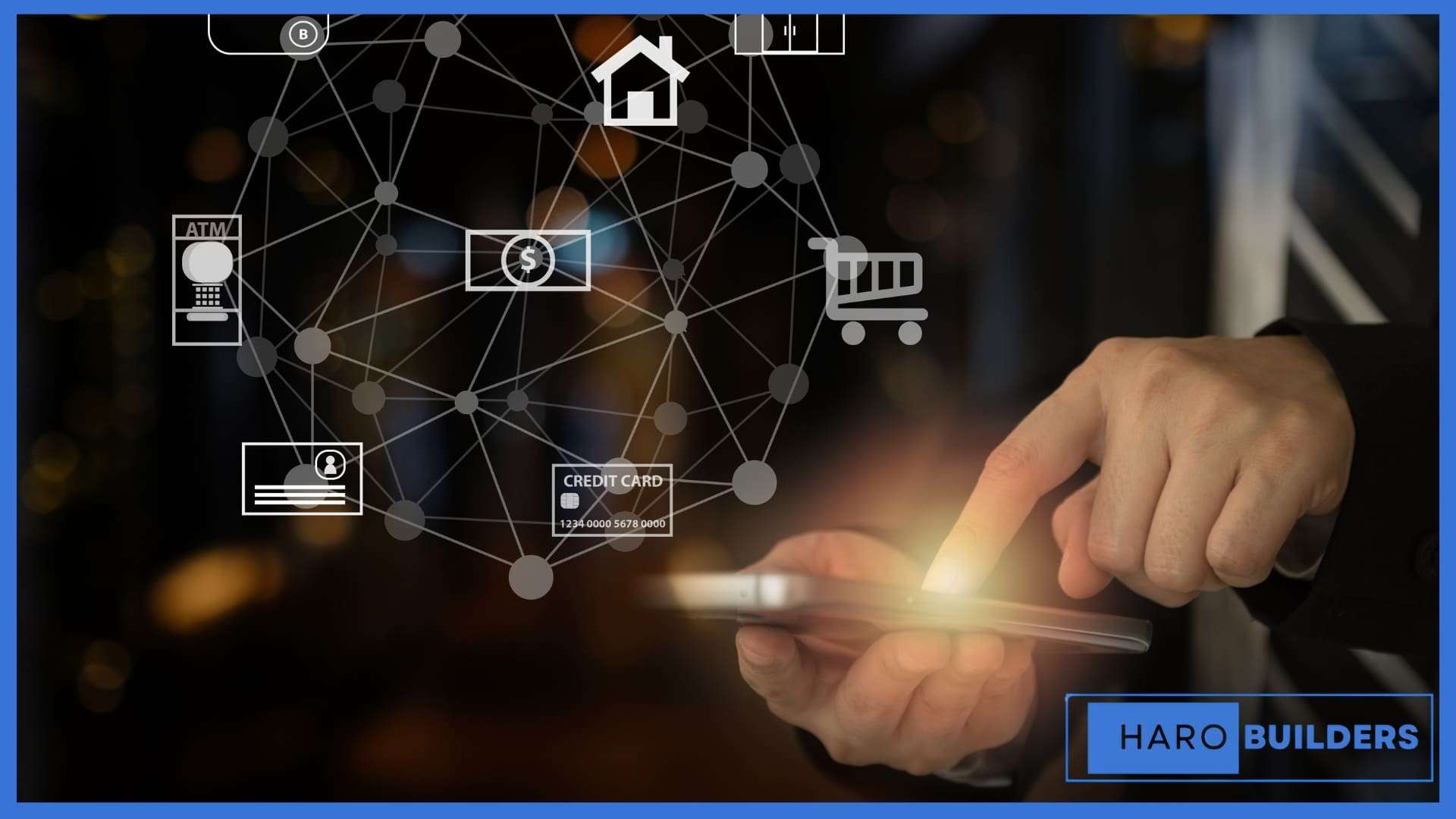
Worried about digital intrusions and asking yourself, How do I know if my phone is linked to another device? You’re not the only one. Many Android and iPhone users unknowingly expose their phones to unauthorized devices through synced apps, Google accounts, Apple IDs, or insecure connections. This often puts personal information, passwords, and sensitive data at serious risk. Malicious apps and spyware may silently operate in the background, accessing your device remotely.
Thankfully, you can identify and disconnect unwanted devices by using your phone’s built-in tools. This guide answers how do I know if my phone is linked to another device and shows you how to fix it with practical steps.
Signs Your Phone May Be Connected to Another Device
Unusual Data Usage:
Sudden spikes in data usage may indicate your smartphone is synced to another device without permission. Moreover, a linked device might access apps or services, causing abnormal background consumption. Hence, regularly check your data usage in the settings app to detect unauthorized devices using your connection across all your devices.
Increased Data Usage From Specific Apps:
Certain apps using excessive data could be a sign of malicious software or spyware. Also, hackers may use these apps to access your personal information through an unauthorized phone connection. Thus, identify apps with suspicious activity and remove any app or service not previously installed by you.
Battery Drain:
Battery draining faster than usual may be connected to background activity from devices synced to your iPhone or Android. Additionally, malware or unauthorized linkages often run silently, consuming energy continuously. Therefore, review your battery settings to locate apps or devices linked without your permission that might be affecting your battery.
Slow Performance:
A phone linked to another device may experience unexpected lag or system freezing during regular use. Chiefly, unauthorized access or malware infections running in the background slow down your smartphone’s response time. Consequently, check for unverified apps, review app permissions, and secure your device from unknown connected devices.
Unfamiliar Apps or Settings:
You may notice unfamiliar device settings or apps that you never installed on your Android or iOS device. Likewise, this may indicate your phone is linked to another device and is being remotely manipulated. So, always review and adjust the settings menu to ensure no unknown app or configuration exists.
Strange Phone Behavior:
Random shutdowns, strange noises during calls, or altered settings could be a sign of unauthorized access. Besides, such behavior might result from malware or spyware synced via a Bluetooth or Wi-Fi connection. Subsequently, inspect your list of devices to find any device connected to your phone without your knowledge.
Unauthorized Access:
Access logs in your Google account or Apple ID might reveal unauthorized device activity. Therefore, check for any active sessions or devices that you never approved. Lastly, enable two-factor authentication, and if needed, select remove from account for any unrecognized or suspicious device entries.
Suspicious Notifications:
Receiving verification codes or sign-in alerts not triggered by you may be a red flag. Notably, these might come from devices using your account credentials without your permission. Thereupon, inspect your account settings straightaway, as such notifications may indicate ongoing attempts to breach your phone’s security and privacy.
What to Do If Your Phone Is Linked to Another Device
1. Access Google Account Settings:
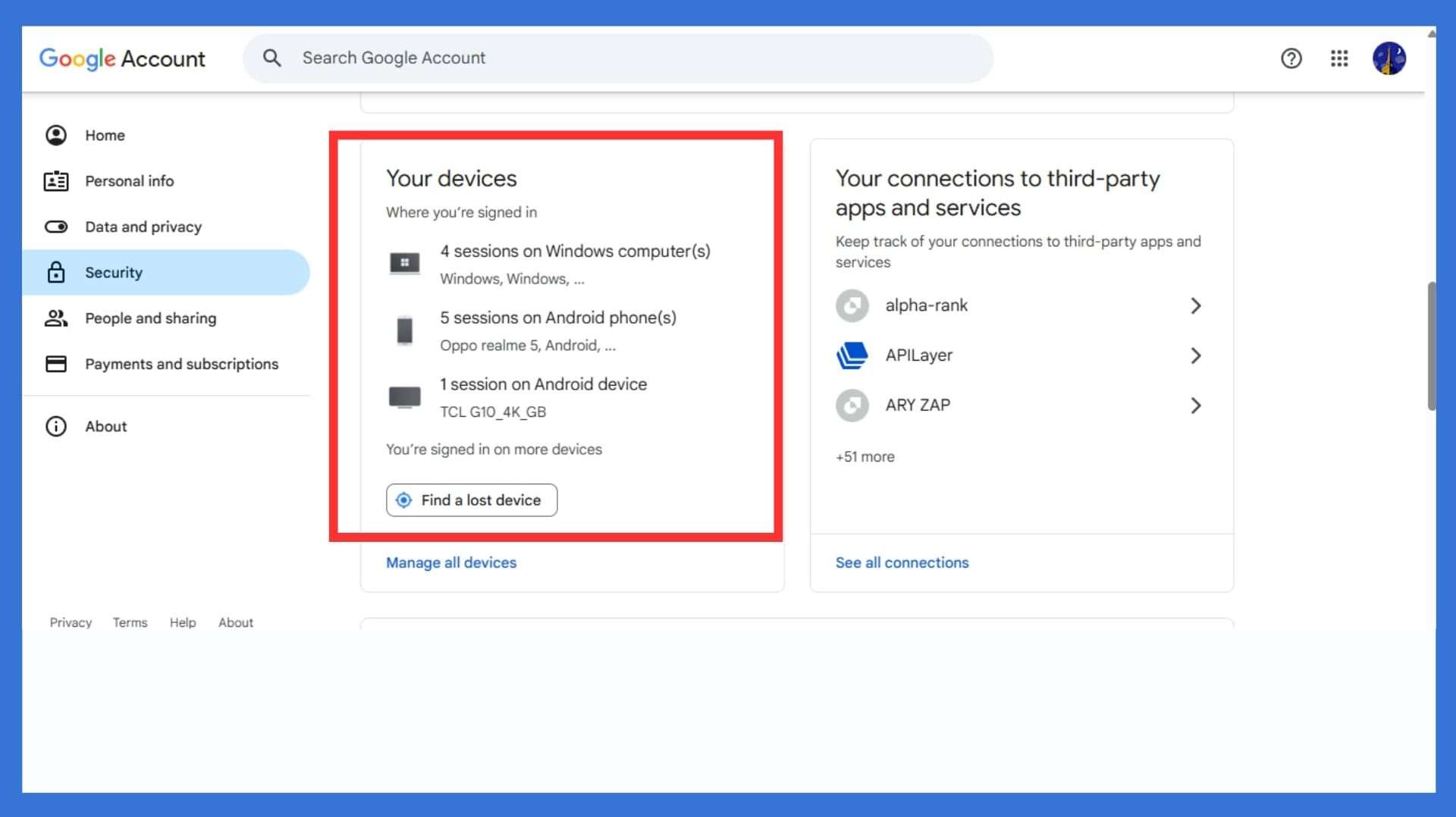
How do I know if my phone is linked to another device via Google? To check if your phone is linked to another device, first access your Google account settings. Then, go to the Security section and look under Your Devices to see a list of devices. You’ll see devices connected to your account; find any unfamiliar device and select remove from account immediately.
Additionally, review all active sessions and revoke access for any unauthorized device or unknown location. Further, enable two-factor authentication to block future unauthorized access attempts. This step helps secure your digital life and provides peace of mind across all your devices without delay.
2. Identify Authorized Devices on an Android Phone:
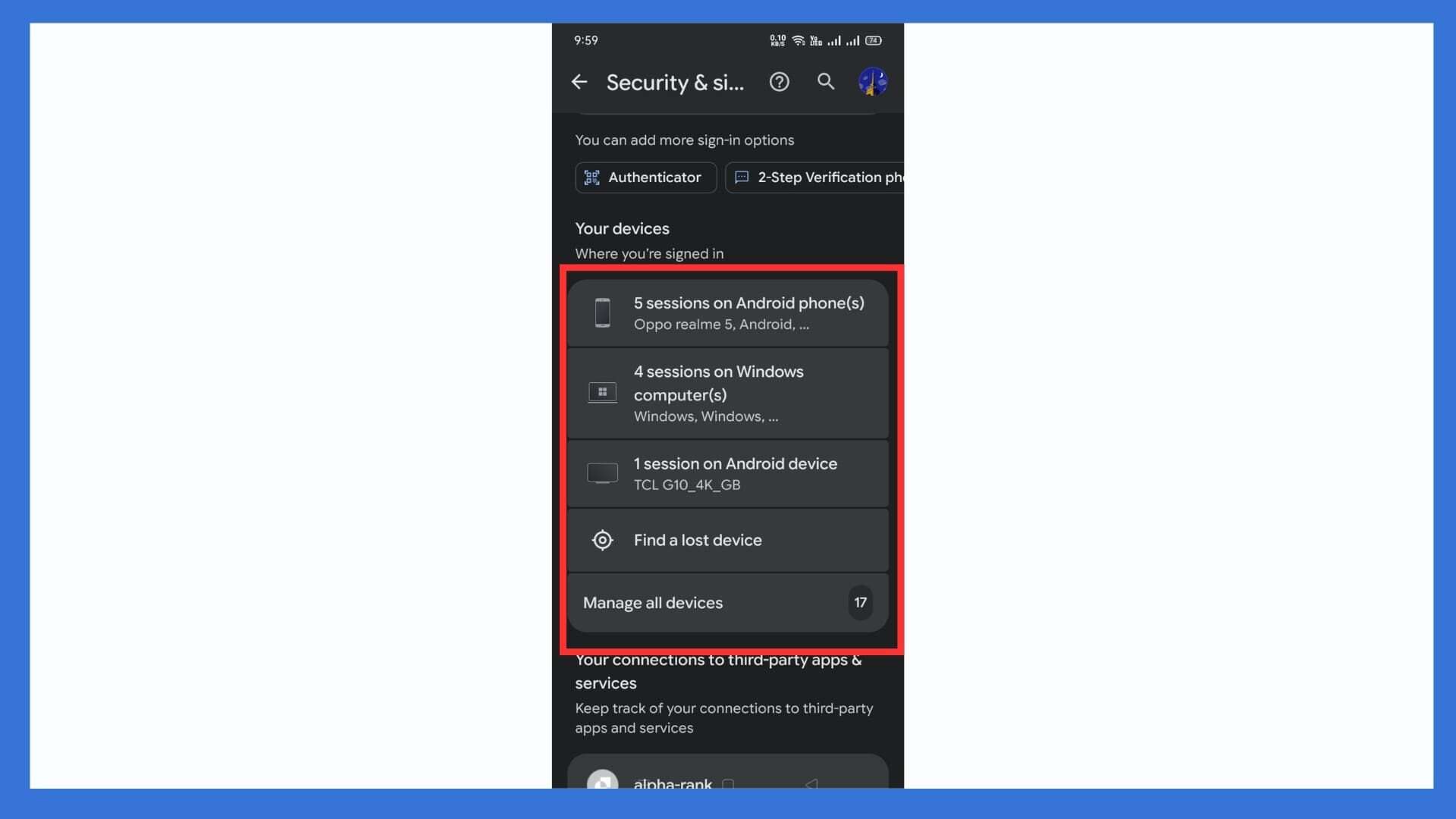
To check if your phone is linked to another device, go to the settings app on Android. Then, navigate to Google > Manage Your Google Account > Security > Your Devices. Here, you’ll see a list of devices connected to your Google account via your Android phone. Identify each device name and look for any entry that seems unusual or unauthorized.
Afterward, tap the suspicious one and select remove straightaway to block remote access. Furthermore, update your password and monitor for abnormal behavior, especially unusual app activities or increased data usage.
3. Check Apple ID and Linked Devices:
iPhone users must access their Apple ID settings to see a list of devices synced. Go to Settings > Your Name > Scroll Down, and you’ll find all devices using your Apple ID. Look for any unauthorized devices or unfamiliar devices and remove them from the account. Additionally, check the iCloud account activity to make sure photos, documents, or data aren’t syncing elsewhere.
Then, enable two-factor authentication to enhance your privacy and security further. Lastly, change your Apple ID password if any unknown device is found, to prevent future unauthorized access attempts.
4. Utilizing Security Apps:
Security apps like Bitdefender or Malwarebytes can help answer how do I know if my phone is linked to another device. Security apps help detect and remove threats from malicious software, spyware, or malware infections. Install reliable apps that actively monitor connected devices and flag any unauthorized activities in real-time. Moreover, these apps provide authentication features and alert you if your phone is linked to another device. Some even scan for malicious apps or services running in the background without your knowledge.
However, always download apps from verified sources to avoid potential risks. Keep the app updated to safeguard against emerging security threats targeting Android devices and iOS systems alike.
5. Checking Bluetooth Connections:
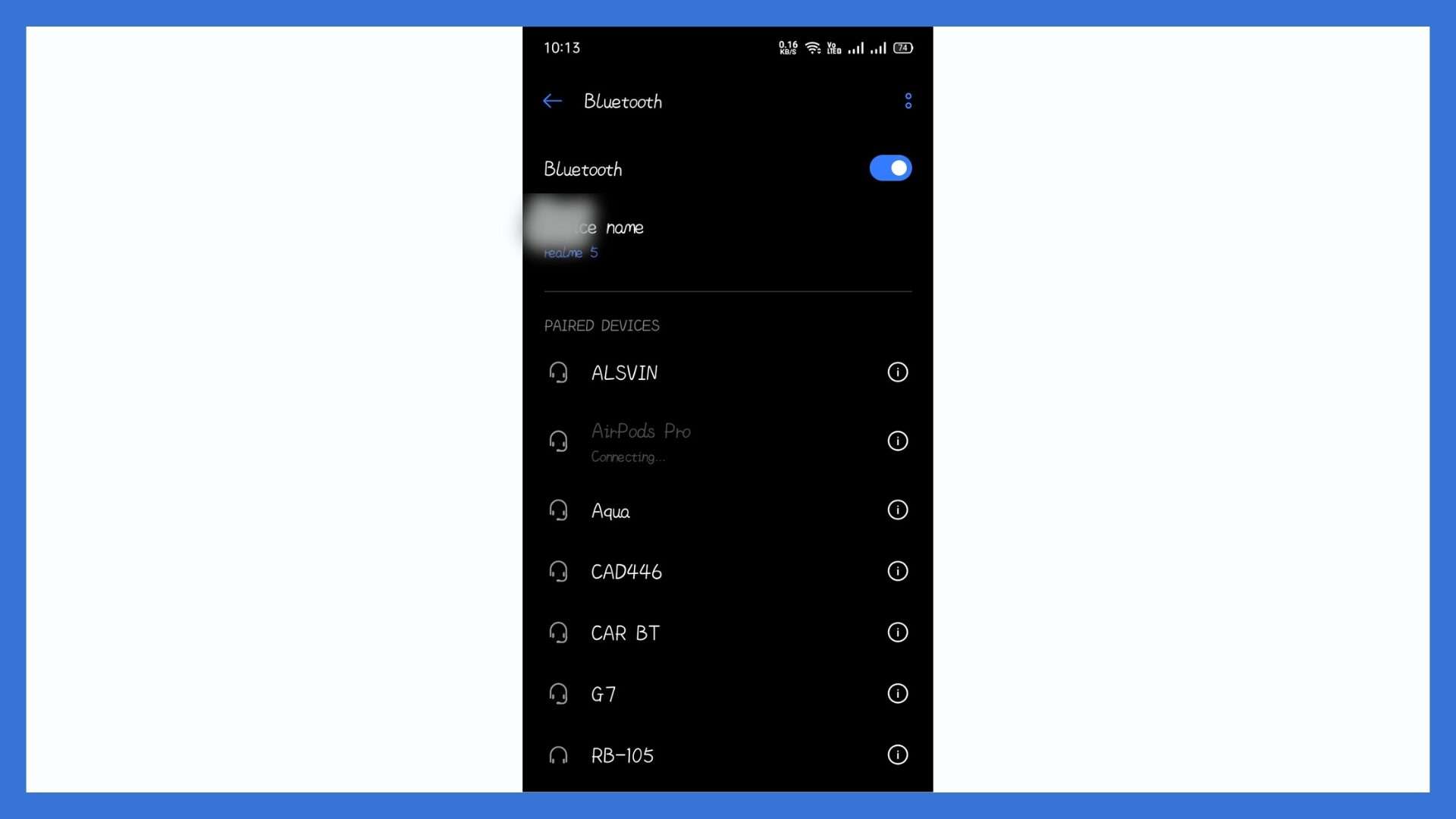
Bluetooth connections may unknowingly expose your smartphone to unauthorized device pairings or hidden tracking tools. Go to Settings > Bluetooth, then view the list of devices currently or previously connected. Disconnect anything unfamiliar or suspicious that could access your personal information or location. Afterwards, turn off Bluetooth when not in use to reduce potential unauthorized linkages.
Furthermore, avoid pairing with unknown Bluetooth devices, especially in public places or public Wi-Fi networks. Regular checks of this list ensure your phone’s operating system remains secure from background Bluetooth breaches or malicious pairing attempts.
6. Monitoring Wi-Fi Connections:
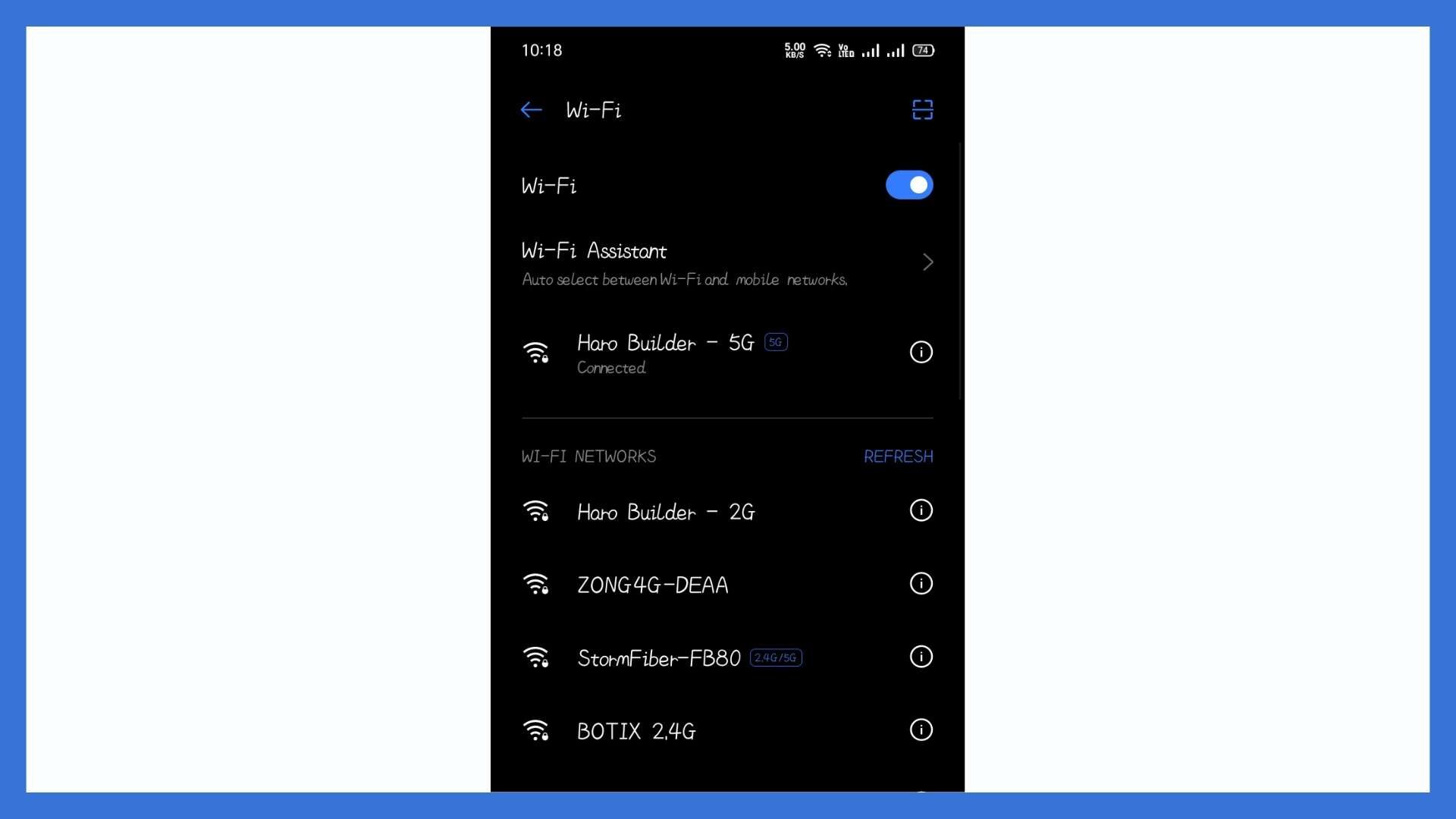
Wi-Fi connections can expose your phone to unauthorized access through hidden synced or linked devices. Visit Settings > Wi-Fi to check connected networks and detect any devices connected through shared networks. Moreover, public Wi-Fi poses higher risks, especially if your device is not protected with strong passwords: Disable auto-connect features and clear saved networks no longer in use.
Furthermore, use a VPN when browsing through public networks for additional security and privacy. If unknown access persists, reset network settings and create new, secure connections only with trusted devices thereafter.
7. Monitor App Permissions:
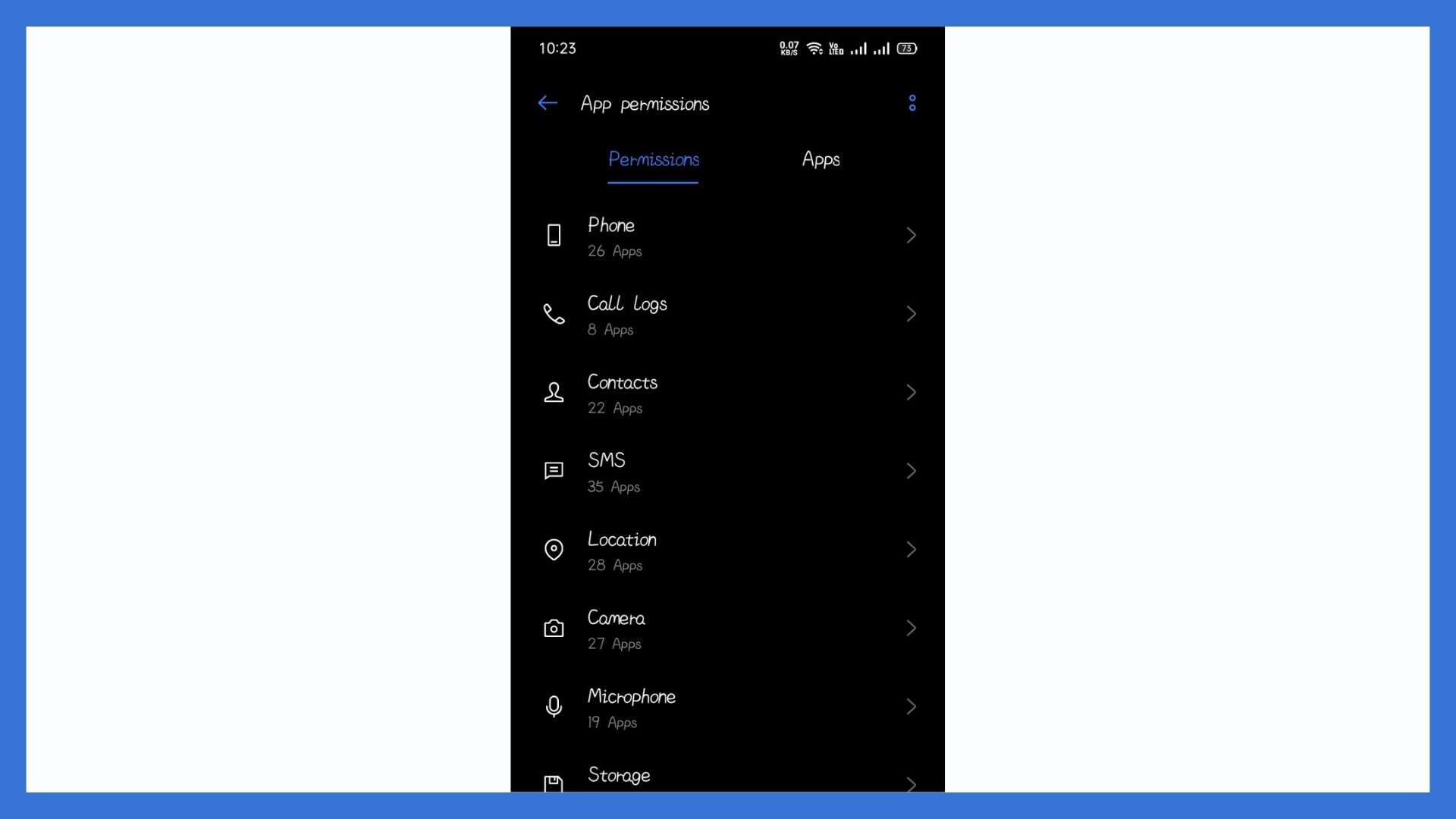
Suspicious apps with excessive app permissions could indicate your phone is secretly connected to another device. Head to Settings > Apps > App Permissions to review access granted to each app or service. Look for apps accessing Bluetooth, camera, contacts, or personal information unnecessarily. Afterward, deny permissions that seem intrusive or unwarranted.
Additionally, delete apps you don’t recognize or no longer use. This helps reduce exposure to malware or spyware that tries to operate silently. Lastly, regularly review permissions, particularly after new app installations or system updates that may reset permission settings.
8. Reset Network Settings:
If you suspect a linked device or unauthorized access, resetting your network settings is a quick preventive step. This removes all saved Wi-Fi networks, Bluetooth devices, and VPN configurations. Go to Settings > System > Reset Options > Reset Wi-Fi, Mobile & Bluetooth on Android. On iOS, find this under Settings > General > Transfer or Reset iPhone > Reset Network Settings.
After resetting, reconnect only with trusted devices and use strong passwords on all Wi-Fi networks. This eliminates any unauthorized phone connections that may be accessing your data without your permission.
Conclusion
Now you know the signs, tools, and actions required to answer the question, How do I know if my phone is linked to another device? Regularly reviewing your connected devices, checking your Google or Apple ID, and monitoring app permissions can reduce threats. Enabling two-factor authentication, using trusted apps only, and avoiding public Wi-Fi adds further protection. If you stay vigilant, you’ll maintain full control over your phone and safeguard your digital privacy. What steps will you take today to ensure your device isn’t silently linked to another without your knowledge?
FAQs
1. What does it mean if my phone is linked to another device?
It means another device can access your account, data, or services synced through your phone.
2. Can someone connect to my phone without my knowledge?
Yes, if they have your credentials or access your device through spyware, Bluetooth, or unsecured networks.
3. How do I check for connected devices on my phone?
Go to your Google or Apple account settings and look for a list of connected devices.
4. Why is my battery draining so fast suddenly?
Unusual battery drain could be a sign of background activity from unauthorized or malicious apps.
5. What apps can show if my phone is being monitored?
Security apps like Norton, Bitdefender, or Malwarebytes can detect spyware and unauthorized tracking.



